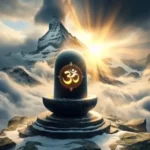The Shaktipeeth Shri Devikoop Bhadrakali Mandir is also called “Savitri Peeth,” “Devi Peeth,” “Kalika Peeth,” and “Aadi Peeth”.
In the historic town of Kurukshetra, the Maa Bhadrakali Temple will amaze you with its collection of countless miniature horses made of clay and metal.
Mythology: The Power of Shakti in Kurukshetra
According to the Hindu Puranas, Sati, the daughter of Prajapati Daksha, married Shiva against her father’s wishes. Daksha performed a grand yajna (sacrifice) but did not invite Sati or Shiva. Even so, Sati went to the yajna, where Daksha ignored her and insulted Shiva. Unable to bear the insult, Sati offered herself into the fire. Filled with grief, Shiva wandered the universe carrying her half-burnt body. At last, Vishnu used his Sudarshan Chakra to cut her body into 51 parts, which fell on different places across the earth. Each of these places became a Shakti Peeth. (Sources: Incredible India | haryanatourism.gov.in)
Devotees believe that Maa Sati’s right ankle fell at the Shaktipeeth Shri Devikoop Bhadrakali Mandir in Kurukshetra.
You may also explore four Adi Shaktipeethas: Vimala, Tara Tarini, Kamakhya and Kalighat.
Historical Background of Shri Devikoop Bhadrakali
Historically, Kurukshetra holds deep significance as the battlefield of the Mahabharata, but Bhadrakali adds another layer of sanctity. It is believed that the Pandavas and Lord Krishna prayed here before the war and returned victorious to offer miniature horses as thanks.
Moreover, lore suggests the mundan ceremony of Krishna and Balarama took place right here-a tradition locals cherish to this day.
Architecture: Emotions Carved in Stone
The temple does not follow the typical Dravidian or Hoysala architectural styles that are common in other parts of India.
A Chakravyuh (circular labyrinth) stands out as a key feature, reminding visitors of the Mahabharata story, though its exact architectural purpose remains unclear.
Walking inside, the tall pyramid-shaped shikharas soar above. My breath caught at the marble lotus settled in the ancient well-so delicate yet so sacred. Dozens of miniature clay and metal horses rest-a silent chorus of fulfilled vows.
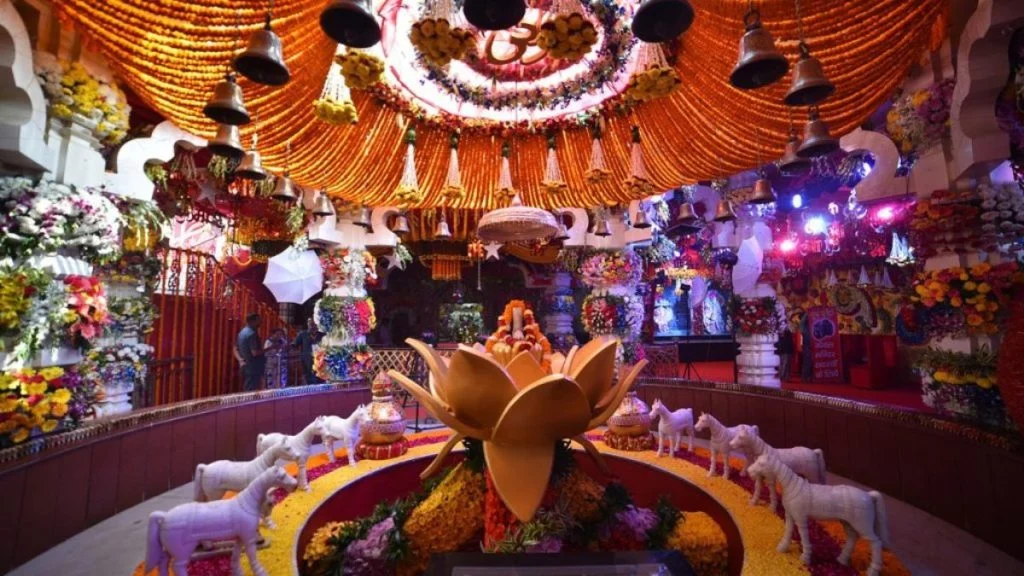
Inside the complex, smaller shrines dedicated to the goddess’s attendants, like Ganesha and Hanuman, add to the temple’s spiritual atmosphere.
Geographical Location of Shri Devikoop Bhadrakali
Settled on Jhansa Road in Thanesar, Kurukshetra, the temple lies amid a town known as Dharmakshetra. Its serene surroundings include Brahma Sarovar and Jyotisar, rich in spiritual and cultural resonance.
How to Reach Bhadrakali Kurukshetra
By Air
Chandigarh International Airport is the nearest, approximately 95 km away.
By Rail
Nearest Railway Station Kurukshetra Junction lies within 2 to 3 km.
By Road
Well-connected via bus and taxi from Chandigarh or nearby towns.
Where to Stay
Local dharamshalas offer budget-friendly options; others like the Gita Bhawan Trust also provide modest yet peaceful stays. Few top-rated hotels are listed below.
Hotel Pearl Marc
Set on a busy city street, this relaxed hotel is 2 km from Sheikh Chilli’s Tomb, the sacred Brahma Sarovar water pool, and Thanesar City rail station.
Super Townhouse formerly Krishna Mahal
Khasra No 9, Kita -1, Brahma Sarovar, opposite Main Gate, Railway Station Area, Thanesar, Kurukshetra, Haryana.
Hotel Celestial by 4KD Hotels
DD colony, Kurukshetra, Haryana. Great location overall for sightseeing, recreation, dining and getting around.
Best Time to Visit Bhadrakali Kurukshetra
To enjoy mild weather and clear skies, plan your trip between September and February. Summer can be harsh, with soaring daytime temperatures-best avoided for a more comfortable experience.
Temple Timings
1 March to 15 November: 5:30 am to 8:00 pm
16 November to 28 February: 6 am to 7:30 pm
Festivals: When The Goddess Reigns
During Navratri, Raksha Bandhan, and Durga Puja, the temple transforms. It glows with lights, flowers, and devotion. On Saturdays, worshippers increasingly flock, believing blessings flow easily on that day.
There’s also a monthly Hawan on the first Saturday. Women tie a Rakhi to the deity on Raksha Bandhan-devotion woven in tradition.
Local People & Culture of Kurukshetra
Kurukshetra’s residents are deeply rooted in spirituality. The temple pulse fills festivals with color and energy. Across the town, vegetarianism holds sway, mirroring respect for its sacred heritage.
My conversations with locals revealed genuine warmth-they were eager to share temple lore, guide practices, and even recite legends that don’t appear in guidebooks.
Nearby Attractions
Brahma Sarovar
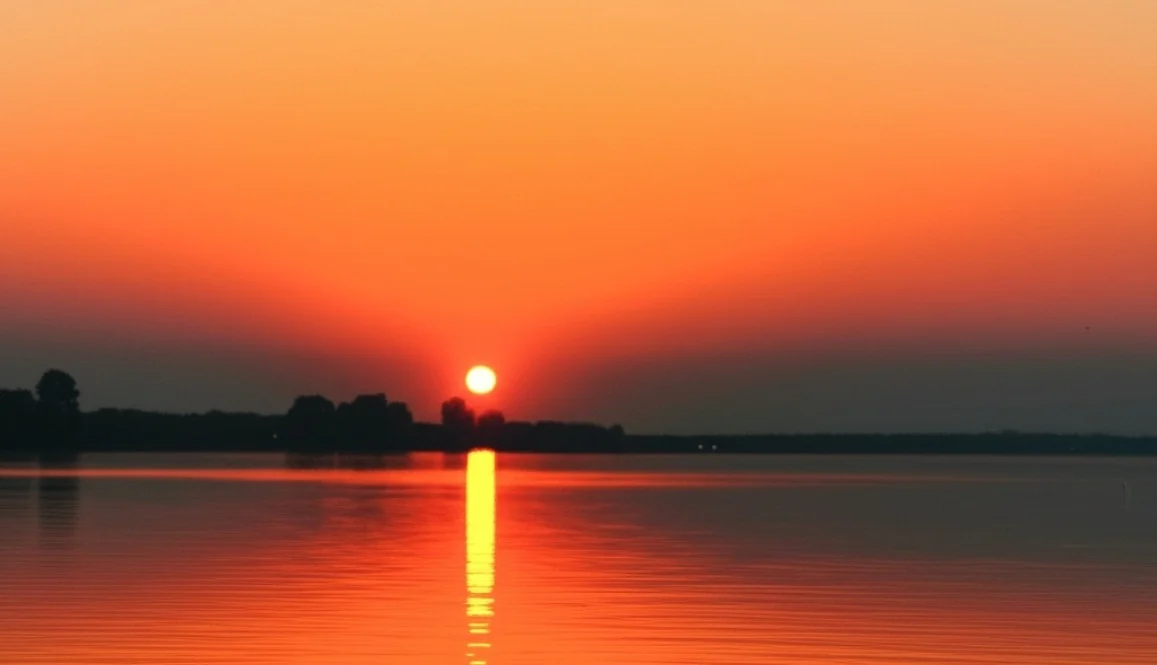
Brahma Sarovar is a large, ancient water tank located in Kurukshetra, Haryana, India. It is considered a sacred site in Hinduism, with legends linking it to Lord Brahma and the creation of the universe. The sarovar is known for its size, spiritual significance, and the serene atmosphere it offers.
Jyotisar
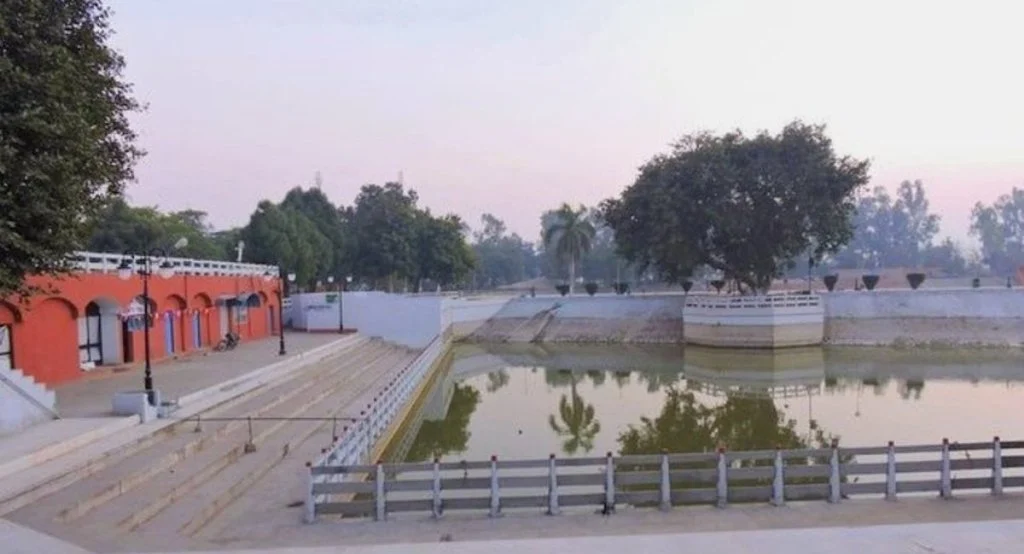
Jyotisar, on the bank of Jyotisar Sarovar wetland, is a Hindu pilgrimage site in the city of Kurukshetra in Haryana state of India. According to Hindu tradition, here Krishna delivered the sermon of Bhagavad Gita to to his wavering friend Arjuna.
Sannihit Sarovar
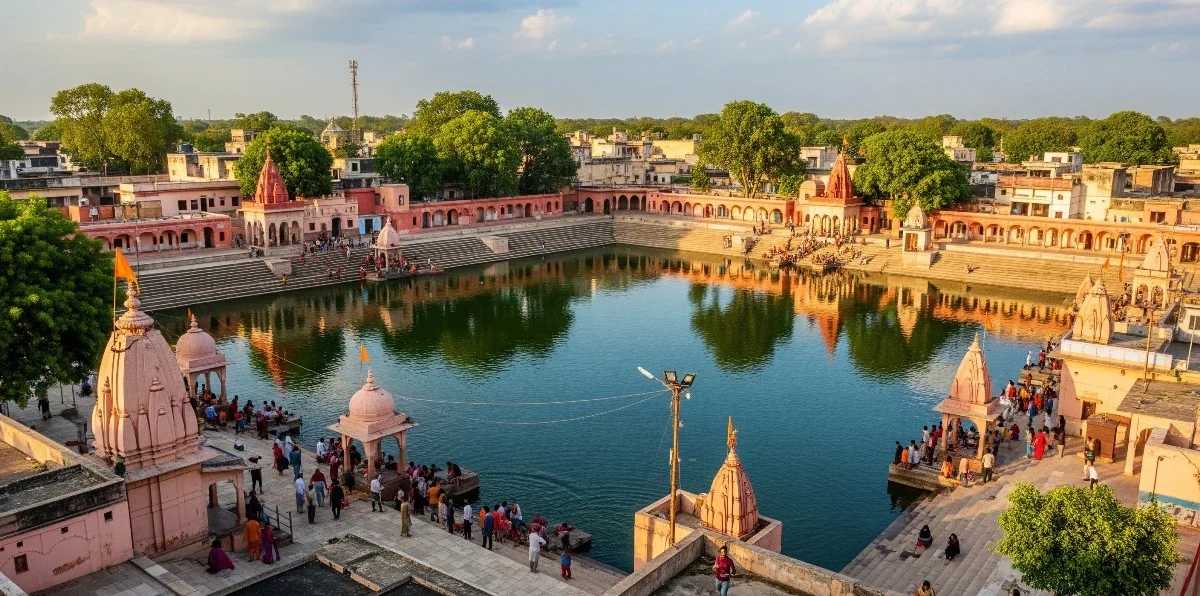
Sannihit Sarovar is a sacred water reservoir located in Kurukshetra, Haryana, India. It is believed to be the meeting point of seven sacred Sarasvatis and is considered a site of great religious significance. Hindu rituals, including Pind Daan for the departed, are frequently performed here.
Conclusion
Bhadrakali Kurukshetra is more than a temple; it’s a tapestry of myth, devotion, and living tradition. From the marble lotus to the chatter of worshippers and echoing bells-every corner radiates connection. My journey from Kolkata wasn’t merely physical-it was a pilgrimage of mind, soul, and curiosity.
Have you ever had a spiritual experience that changed your perspective? Share it below-I’d love to hear your story. If you enjoyed this glimpse of journey, do explore more in my other blogs.
Frequently Asked Questions (FAQs)
Devotees honor it as one of the 51 Shakti Peethas, where Sati’s right ankle-her “gulf” or lower leg-fell into a sacred well. The temple features a white marble lotus at that spot, symbolizing her ankle’s power.
Visitors worship the Goddess as Maa Bhadrakali, also known as Savitri Peeth or Devikoop.
Legends say the Pandavas prayed here with Lord Krishna before the war, and after their victory, they donated terracotta or metal horses-so devotees still offer miniature horses here today.
The temple opens daily from 6:00 AM to 8:00 PM, regardless of season.
Devotees flood the temple during Navratri (Chaitra & Ashwin), Durga Puja, Raksha Bandhan, and Maha Shivratri. Worshipers often tie Rakhi to the deity on Raksha Bandhan or perform Hawan (fire rituals) on the first Saturday of each month.
The temple lies on Jhansa Road in Thanesar, Kurukshetra. It’s about 2–3 km from Kurukshetra Junction railway station and around 92 km from Chandigarh Airport. Road connectivity from nearby cities remains reliable.
In the vicinity, visitors can explore Brahma Sarovar (a large, sacred tank), Jyotisar, Sannihit Sarovar, the Kurukshetra Museum, and other historic temples.


